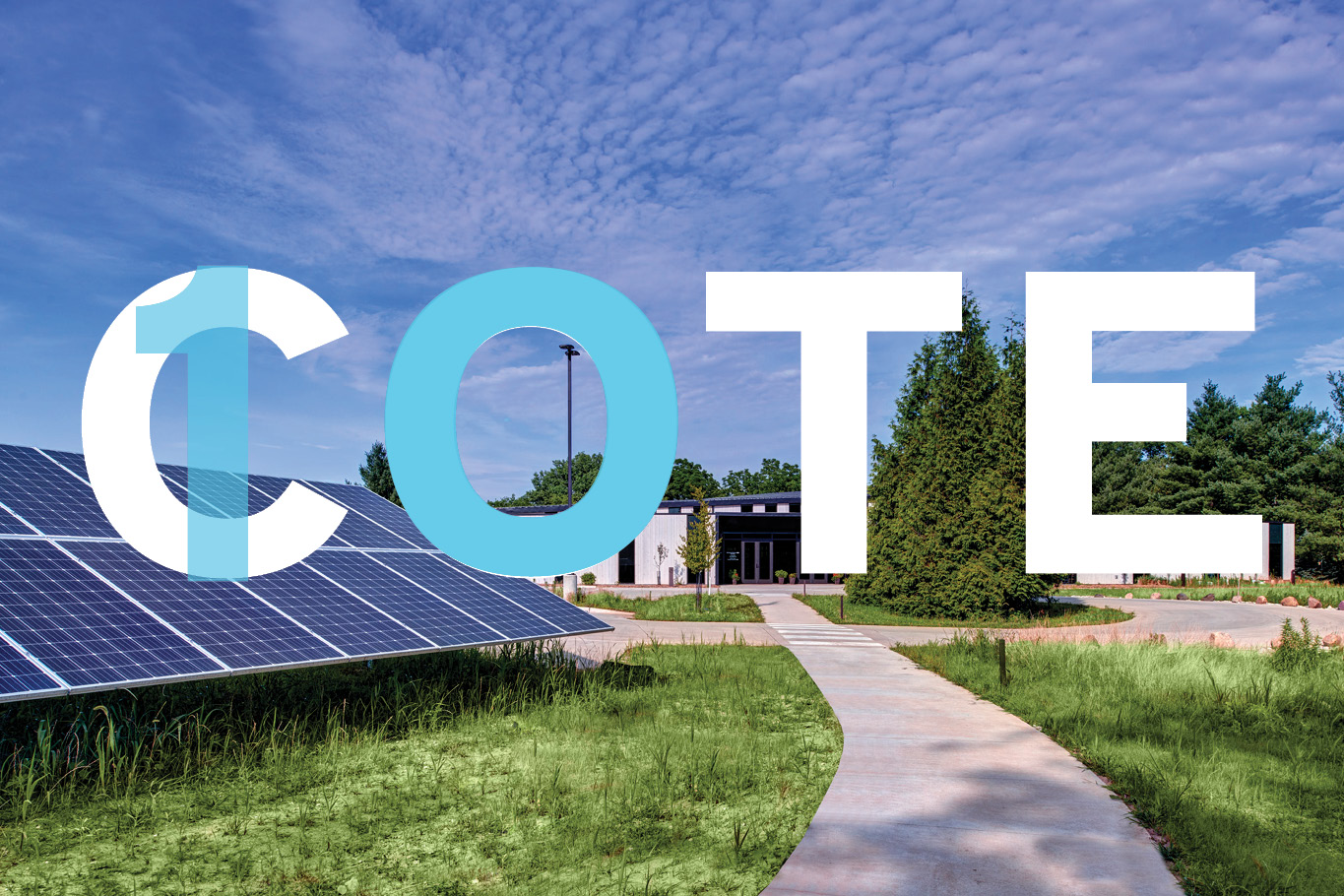(Part of AIA National Convention takeaways by NM architects)
The AIA Committee on the Environment (COTE) promotes design practices that enhance design quality and environmental performance. The committee has developed 10 measures to evaluate projects: Integration, Community, Ecology, Water, Economy, Energy, Wellness, Resources, Change, and Discovery. COTE continually refines a cache of resources and strategies to help architects address each measure’s sustainable principles. This is the Top Ten Toolkit.
At this year’s National Convention, fellow NM’er Eric Neuhaus and I attended a forum on the latest Toolkit updates. There were two tools in particular that we will begin implementing into our current workflow to better gauge parameters, set goals, and establish a high-level understanding of predicted performance.
The first tool is a Design Datamap, an interactive map of previous COTE Top Ten award recipients. The website is still in beta version but will be released sometime next year. With this tool we can filter through projects by climate type, GSF, Net pEUI, project type, and site context (i.e. urban, suburban, or rural). Filtering in this way can quickly lead us to relevant precedent projects that can be analyzed during initial goal-setting exercises with our clients.
The second, downloadable tool is the Super Spreadsheet. It can be customized to fit the needs of each individual project. Tabs at the bottom of the interactive spreadsheet correlate with the Ten COTE measures. Each tab describes the sheet’s content and structure. The sheets contain color-coded calculators that use algorithms referencing baseline averages. Yellow boxes indicate numeric fields to enter. Green boxes collect non-numeric data. Grey boxes provide reasonable ranges, sources, and contextual info.
Both applications are exciting additions to COTE’s increasingly robust toolkit. The more architects can share high-quality information and success stories with one another, the easier it becomes for us to evaluate and integrate performance-based solutions. The result is future buildings that are friendlier to our people and our planet.
If you’re interested in learning more about COTE Top Ten, visit aia.org.
